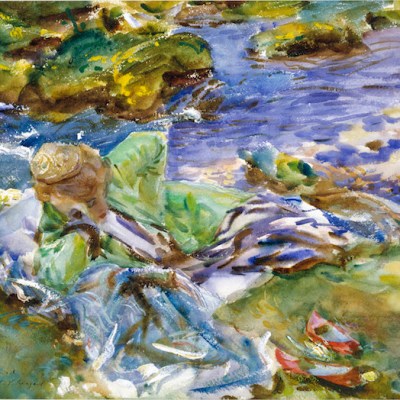During the American Renaissance – a period characterised by increased nationalism and an appreciation for classical art and architecture after the Civil War – public art blossomed, with new commissions for murals and monuments cropping up across the United States. In these works, artists sought to reflect a renewed sense of community, national identity and autonomy through depictions of the human figure, the studies for which are the focus of this exhibition at the Yale University Art Gallery (6 September–5 January 2025). The show features some 100 preparatory sketches, paintings and sculptures for commissions at institutions such as the Boston Public Library and the Pennsylvania State Capitol by artists including John Singer Sargent, Edwin Austin Abbey and Violet Oakley. Many of these works have recently undergone extensive conservation, with a few, such as Abbey’s study for The Hours (c. 1904–11) in the Capitol’s ceiling, being shown in public for the first time.
Find out more from the Yale University Art Gallery’s website.
Preview below | View Apollo’s Art Diary
Study for The Hours (c. 1904–11) by Edwin Austin Abbey in the Pennsylvania State Capitol. Yale University Art Gallery, New Haven

Study of clasped hands for Heaven in The Triumph of Religion cycle (c. 1895–1916) by John Singer Sargent at the Boston Public Library. Harvard Art Museums, Cambridge. Photo: President and Fellows of Harvard College

Study for The Progress of Civilization: Middle Ages, Italy, Germany (1895) by Edwin Howland Blashfield at the Library of Congress. Williams College of Art, Williamstown. Photo: Jim Gipe/Pivot Media, Stephen Petegorsky




